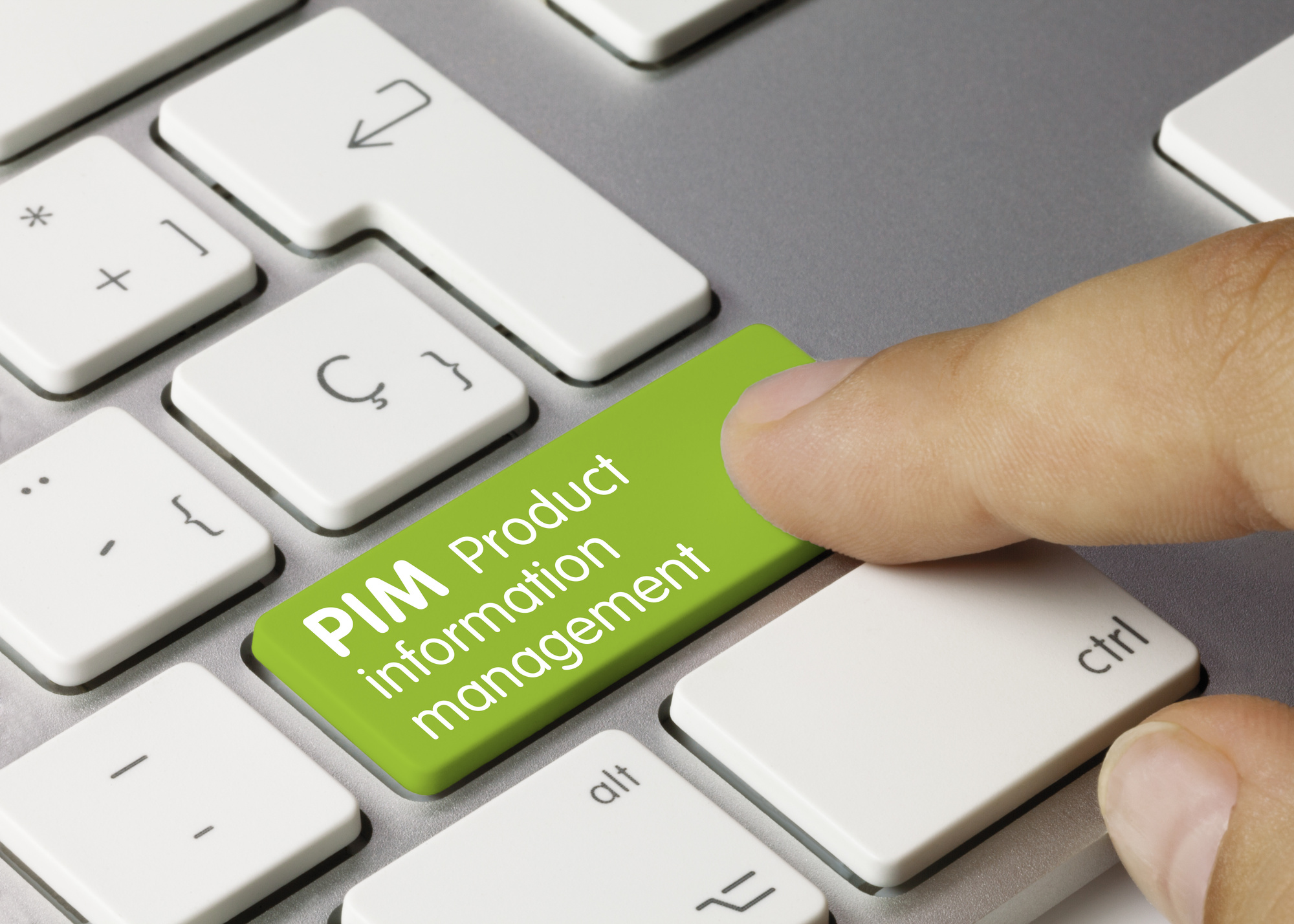Are you using a PIMS? Wondering if it’s worth it or even how to use it?
A product information management system (PIMS) can help your business in many ways. You can save time and money and improve customer satisfaction. Useful apps can also help you create forms and reports and improve data quality and content maintenance.
You’ve come to the right place if you’re wondering, “What is product information management?”. Keep reading to learn how to use PIMS to improve your business and more.
1. Learn the Basics
Our first tip is to have a look at the basics of using a Product Information Management (PIM) system. Knowing what is expected of you and how and when to enter/change product data can help you use the tool in the long run.
Becoming familiar with the setup rules, such as the taxonomy, relationships, and data type, are all important. Knowing the system’s user role, permissions, limitations, searches, and import and export options will help you usefully use the PIM.
Understand how to use the reports, which should detail the performance of your product portfolio. Learning the ins and outs of a PIM can improve a business’s performance and ensure the system is utilized to its full potential.
Learning the basics may take a little effort, but the payoff is worth it.
2. Train Your Staff
For any company that uses a PIM system, it is a must to spend time training the staff on how to use the system. This will help the team use the system efficiently and quickly to get the necessary information.
The training should cover how to use the system for such tasks as adding, updating, and deleting product information, searching for specific items, and managing access rights and permissions. Providing training on troubleshooting any issues or problems that might arise while using the system is also beneficial.
Additionally, offering refresher courses or check-ins will help ensure the staff stays updated on changes and new features that may have been added to the system.
3. Organize Your Product Data
Before you start, one of the product information management techniques you can use is to ensure that your product data is organized, clear, and structured. This will make it easier to import the data into your PIM system.
Start by creating a master list of all the online products you sell and use it to create categories and sub-categories. As you add new products, ensure they fit into the existing structure. This will help you keep your data organized and easier to manage.
You can also ensure each product is accurately described by standardizing your product information and providing high-quality images. These steps will help ensure your product data is ready to import into your PIM system.
The Beginner’s Guide to Product Information Management
A Product Information Management System (PIM) is a great way to organize and store your product information. PIM can help reduce the effort it takes to collect and store your data, and it can be customized to fit specific business needs.
If you haven’t considered using a PIM yet, explore its many benefits. Using a PIM could be a game-changer for your organization.
Did you find this article helpful? Check out the rest of our blogs for more!









